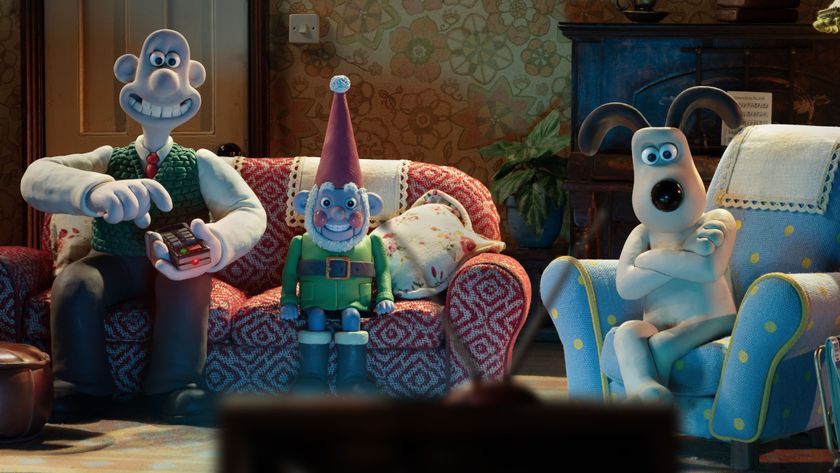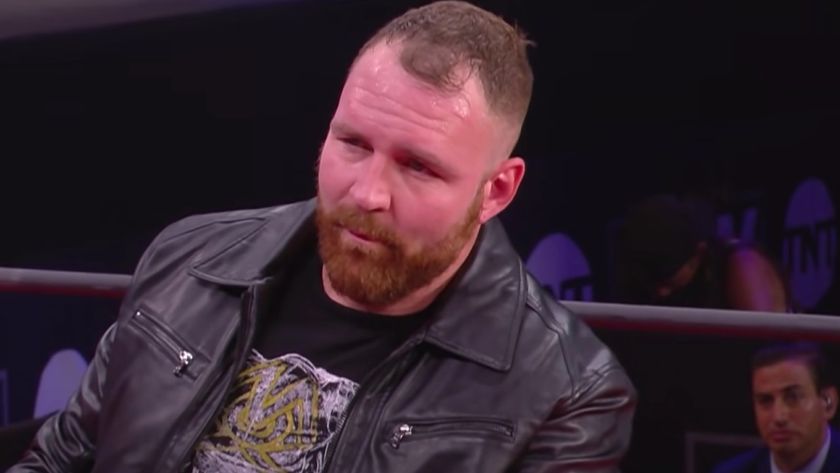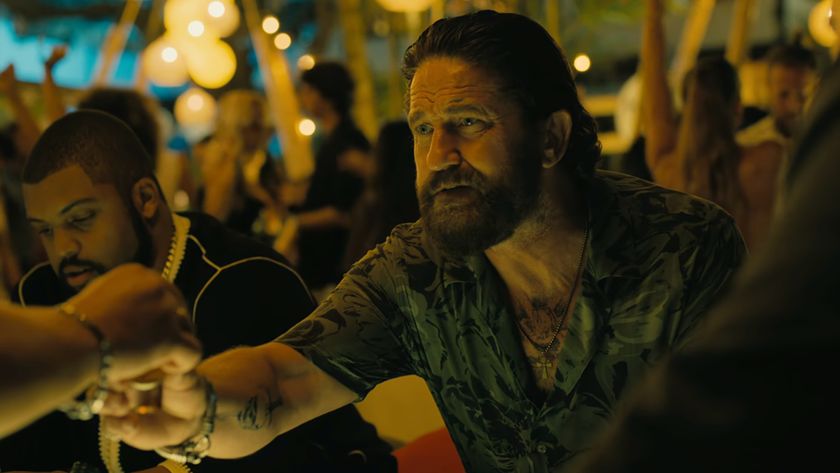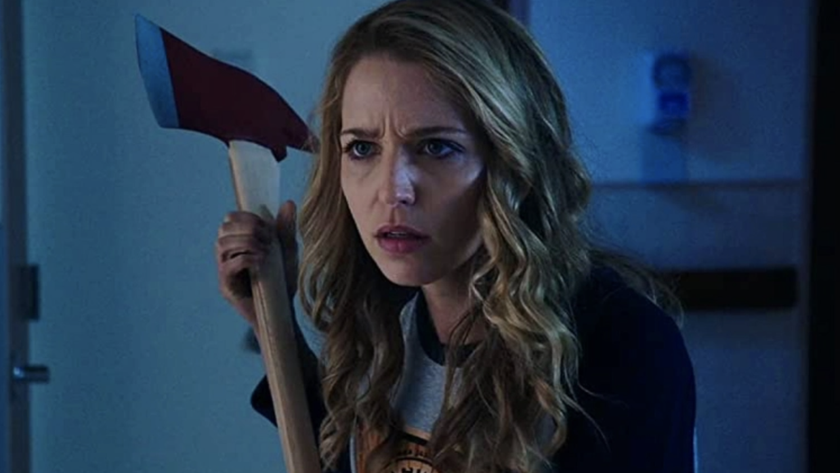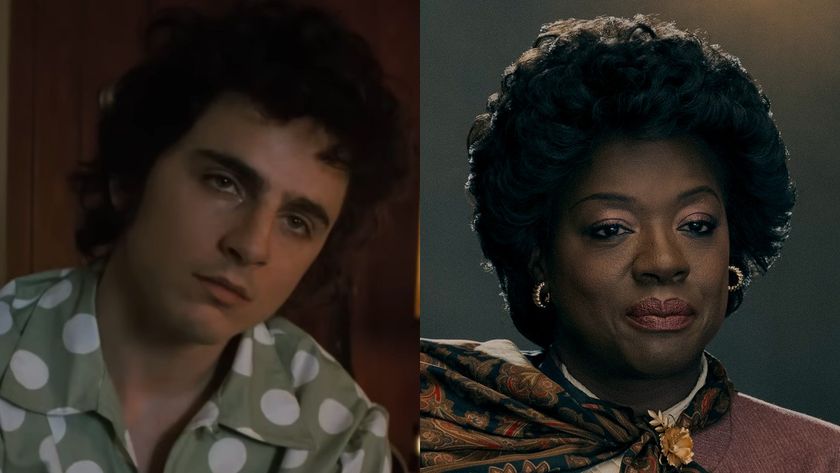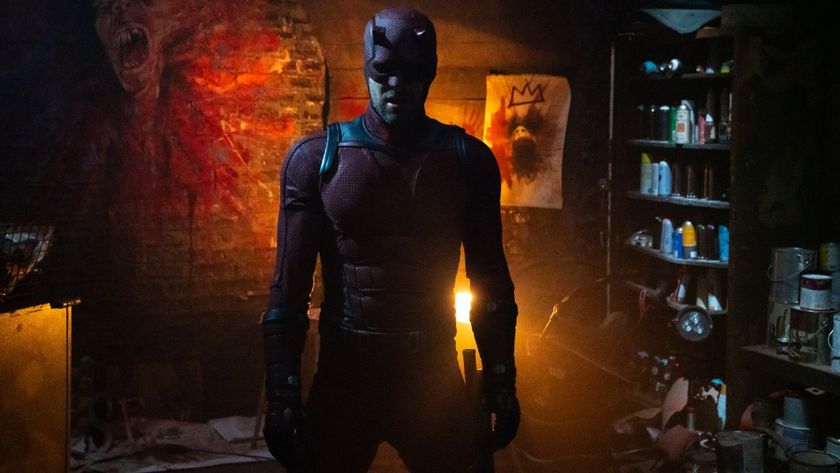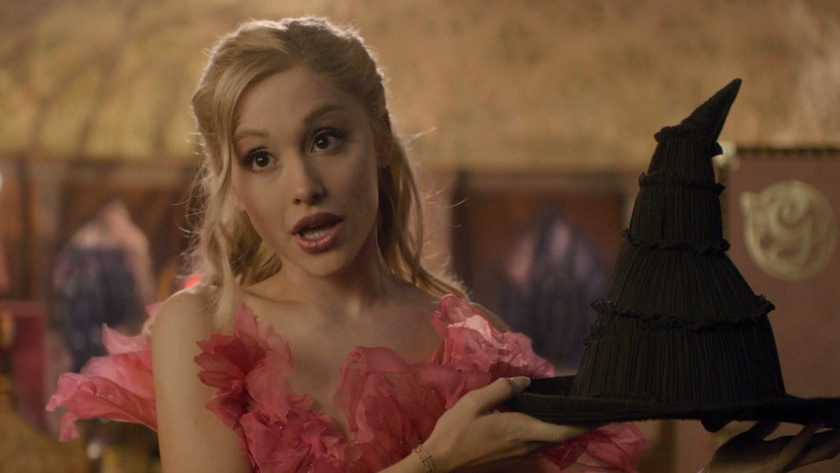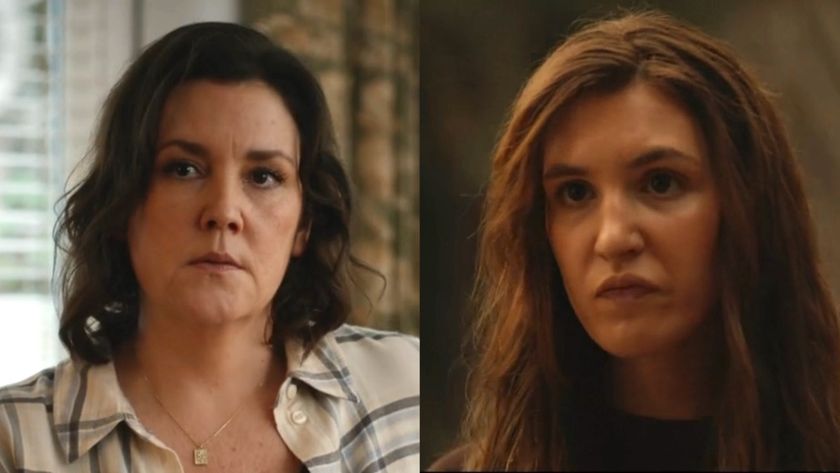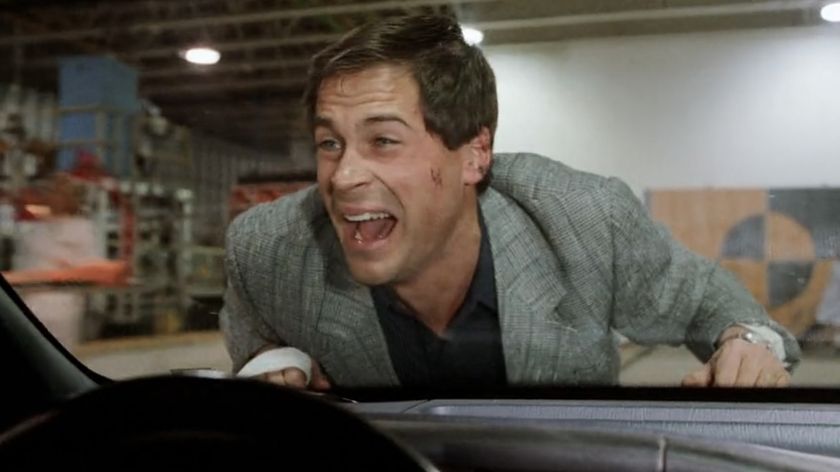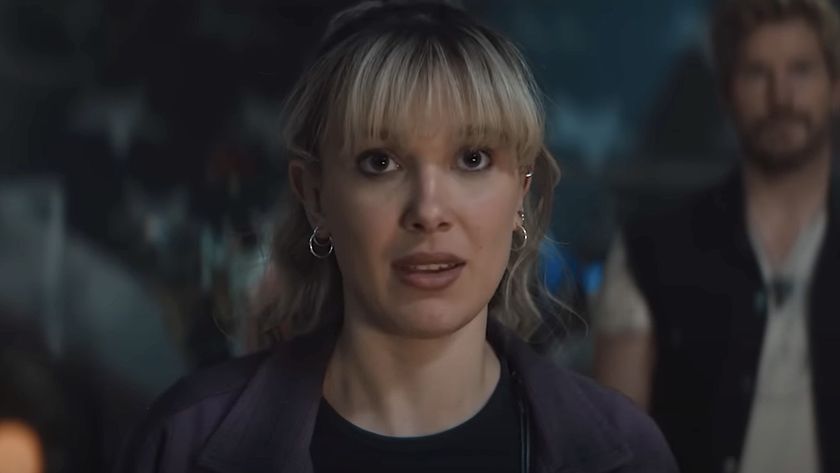
This is Part Three of a series of editorials by amateur game designer and Blend Games staffer Kurt Bieg, in which he dispenses advice on creating your own games. For further advice, check out Part One or Part Two.
In an ideal world, great ideas fuel themselves, and if that were true I’d be writing this from my million dollar beach front resort while waiting for one of those wooden Buddha drinks with the hole in the back, and those fun little umbrellas. The truth of the matter is that I still have my day job, I’m writing this from my cubicle, and the only thing that has fueled my game idea is me. But one day, one day …
After coming up with the game idea and really fleshing out what the game would be like, I learned (the hard way) that the only way this project would ever see light would be with the help of people that have the skills. That’s why one of the smartest things that I did while working on this game was to find people that can work on parts of the game and assemble them into a team. Some of them have day jobs like myself, and work on it on nights and weekends, while others are paid for their services, like the graphic artist (actually more affordable than you think).
When I first started to work on the project that I am currently working on, I had this grandiose idea that all I had to do was come up with the idea, walk into a game programming company, and sure enough, they would do the rest. Needless to say, those game companies didn’t really pick up on my idea to make a video game based off of Brokeback Mountain. I spent a little over a year searching the internet for gaming companies, web design developers, and just about anyone with a pulse and a keyboard. Some thought it was a good idea, but most people thought I was a joke. On that rare occasion when I did find people that would be interested to do it, they were either only looking for upfront money, could careless about my game idea, or just wasted my time (in most cases, they were all three at the same time). It was frustrating enough to call it quits. On one occasion, I made a weekly four-hour trek to a game design company that, at the end of three months, showed me the equivalent of a roomful of monkeys, who, after accidentally typing out Shakespeare, tried their hand at Powerpoint.
It was a humbling experience to say the least, and probably the moments I most wished that I would’ve picked a more rewarding hobby like scrapbooking. Looking back though, it was an important lesson. At that point, I knew that I needed people who had the skill to make the game, but I was going about it the wrong way. It’s like I was going to the local Starbucks, and asking them if I could borrow some of their coffee to start my own independent coffee shop. In fact, if someone would’ve explained it that way, I probably would be a year ahead of where I am (mental note: design time travel machine). Unfortunately, I had to find someone because I didn’t have any of the skills needed to make a full game. I had what amounted to a Dummies understanding of programming, and really only used my drawing abilities during boring meetings at the office. Not exactly what you would call a tool belt for success.
Luckily, after one of the more embarrassing meetings, I was at a coffee shop (I know, I know, enough with the coffee shop already). I happened to ask a random stranger talking about online marketing if he knew of anyone that could help with the graphics or the programming of my project. Amazingly, he was on his way to an exhibition for the school he taught at; the Art Institute. An hour later, I was slowly realizing that I could make the game by finding my own resources. That day, I met the programmer that designed the first demo of the game.
Currently, the team is myself, as the game designer, one programmer, and one graphic artist. It’s a skeleton crew, but its amazingly effective. It works in a perfect circle. The game designer tells the programmer the game idea, the programmer tells the game designer what graphics are needed, the graphic designer gives the graphics to the programmer. Mix it all together and bake for 30 minutes. Together, I have seen more progress than I have seen the entire time that I have been working on this project, and I could not imagine doing any of it without them. I just wish I didn’t have to completely embarrass myself for an entire year before figuring it out.
CINEMABLEND NEWSLETTER
Your Daily Blend of Entertainment News
I did find a few good tips for anyone interested. First, don’t believe anyone who tells you about outsourcing to India. Make sure the programmer is within driving distance, though it can be useful to hire people in other time zones because then you can talk to them before or after work. Coffee shops are the easiest places to eavesdrop. Also, don’t settle just because you need someone, the most important part to finding someone good is that they believe in your idea.
I would suggest to anyone thinking about taking that next step; build a team. It saves you time, its saves you energy, and it keeps you motivated to keep on fueling that idea.
